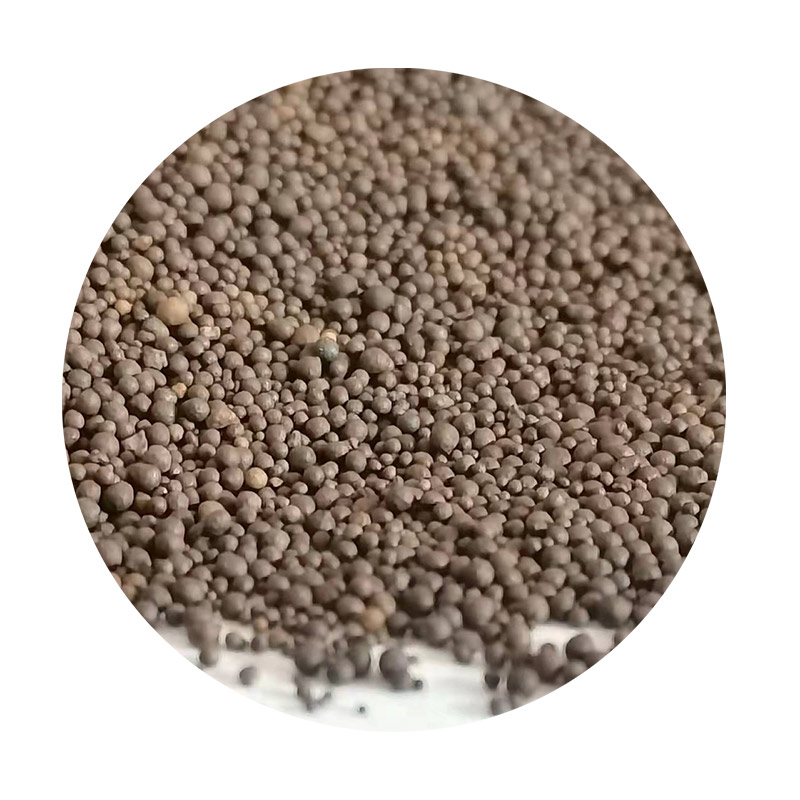The Benefits and Considerations of Adding Sand to Resin
Resin has become a popular material for various applications, from art and home decor to industrial uses. Its versatility allows for inventive designs and functional products, making it a favorite among DIY enthusiasts and professionals alike. One interesting technique that has gained traction is the addition of sand to resin. This article will explore the reasons why artisans add sand, the benefits it offers, and the considerations one must keep in mind when using this combination.
Enhancing Texture and Aesthetic Appeal
One of the primary reasons artists and craftsmen add sand to resin is to enhance the texture and aesthetic appeal of their projects. Sand can create unique finishes, giving the final piece a more natural and organic look. This textural element is particularly beneficial in art pieces like coastal-themed decor, where the inclusion of sand can evoke feelings of the beach and the seaside. The variation in sand grain size can also add depth and dimension, helping to create more visually interesting surfaces.
Incorporating sand into resin can also introduce a playful element to the design. The randomness of the sand's distribution can result in unexpected patterns and effects, making each creation truly one of a kind. This creativity factor is appealing to artists looking to set their work apart in a market saturated with mass-produced items.
Improving Structural Integrity
Beyond aesthetic enhancements, adding sand to resin can improve the structural integrity of the final product. Sand can increase the overall strength and durability of resin-based creations. This increased strength is particularly valuable in applications where the final product is subjected to stress, impact, or the elements. For instance, when creating outdoor furniture or decor items that need to withstand the weather, incorporating sand into the resin mixture can significantly improve longevity and reduce the likelihood of breakage.
Moreover, certain types of sand can contribute to the overall heat resistance of the resin. This is particularly important in applications like countertops or tabletops, where heat exposure from items like hot pots or pans can be a concern. By adding sand, artists and craftsmen can create pieces that not only look good but can also endure everyday use without compromising integrity.
Enhancing Bathing and Sound Absorption
adding sand to resin

Another notable benefit of adding sand to resin is its ability to enhance sound absorption
. Sand's density allows it to absorb sound more effectively than resin alone, making it a useful component in various designs, especially in decorative panels or products intended for use in spaces where acoustics are a consideration. This quality can be particularly appealing in music studios, theaters, or even residential spaces where noise reduction is a goal.
Additionally, the weight of sand can help to stabilize lighter resin pieces, making them less likely to tip over. This consideration is particularly significant for larger, freestanding items.
Considerations When Adding Sand to Resin
While the benefits of adding sand to resin are numerous, there are several considerations to keep in mind. Firstly, the type of sand used is crucial. Not all sand is created equal; movement of granulometry, such as going from finer to coarser sand, can yield different results. The sand should also be clean to avoid contaminants that could affect the curing process of the resin.
Additionally, the ratio of sand to resin is vital. Too much sand can weaken the cohesive properties of the resin, leading to cracking or brittle finishes. A careful balance must be struck—general recommendations suggest starting with a sand to resin ratio of about 14 and adjusting based on the desired outcome.
Lastly, mixing techniques also play a role in the final look and feel of the piece. Mixing the sand evenly into the resin will affect the texture throughout, while leaving it partially suspended can create fascinating effects that can elevate artistic intentions.
Conclusion
In summary, adding sand to resin opens up a world of possibilities for artists and craftsmen. The enhancement of textures, improved structural integrity, and potential sound absorption make this combination a compelling choice for various applications. By considering the type of sand, the mixing ratios, and techniques, creators can produce distinctive and durable works that are both aesthetically pleasing and functionally sound. Whether for decorative purposes or practical use, the amalgamation of sand and resin represents a creative synergy that continues to inspire innovation in the crafting community.
Post time:Nov . 08, 2024 20:12
Next:sand preparation in foundry
